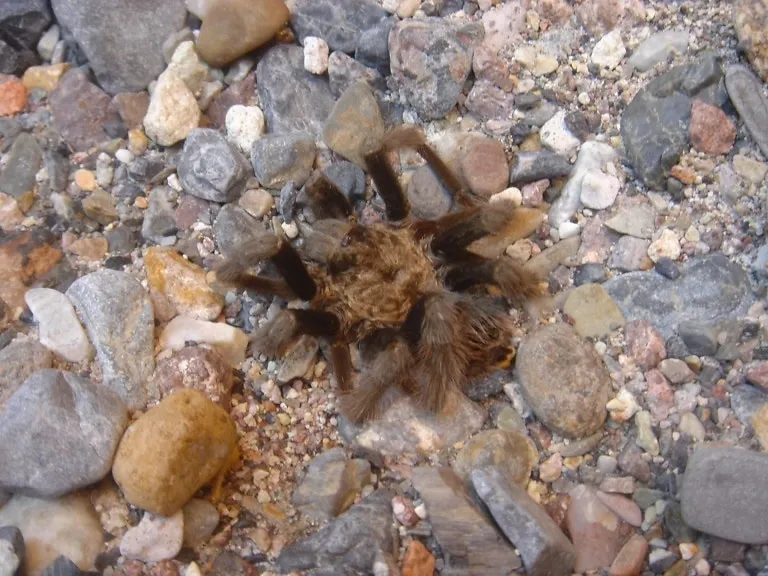Tarantula spiders are fascinating creatures that have captivated people for centuries. Often misunderstood and sometimes feared, these spiders are actually quite intriguing. This article delves into the world of tarantulas, providing a comprehensive overview of their characteristics, behavior, habitat, and more. Whether you’re a curious observer or a potential pet owner, understanding these spiders is the first step to appreciating their unique place in the natural world. Prepare to uncover a wealth of facts about the captivating tarantula spider.
What is a Tarantula Spider
Tarantulas belong to the Theraphosidae family, a group of large and often hairy spiders. These arachnids are known for their impressive size, diverse appearances, and relatively long lifespans compared to other spider species. Tarantulas are found in various habitats around the world, from tropical rainforests to arid deserts. Their size and appearance often vary greatly depending on the species and geographic location. They are generally nocturnal creatures, spending the day in burrows or hiding places and venturing out at night to hunt for food.
Appearance and Identification
Size and Physical Characteristics
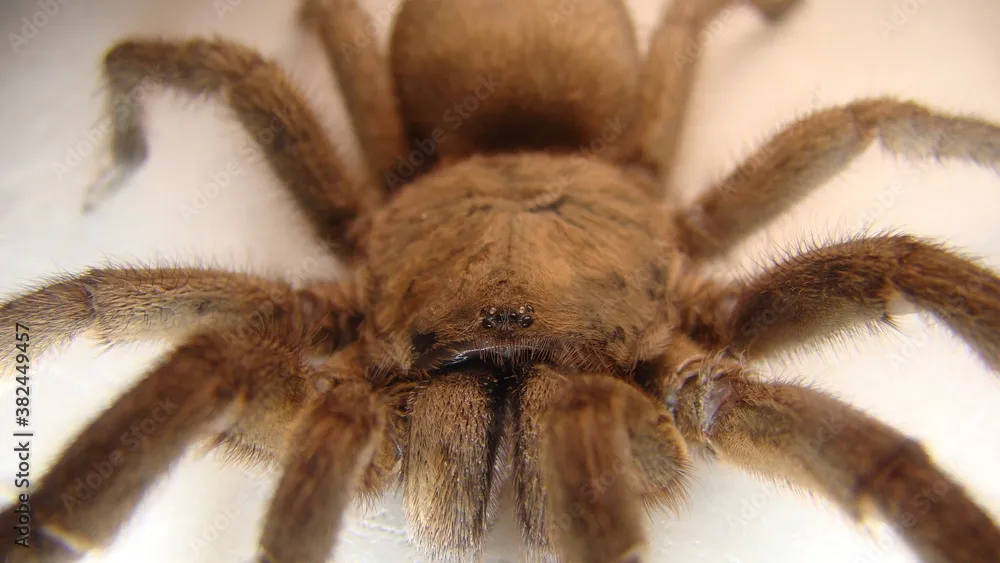
One of the most striking features of tarantulas is their size. They can range from about an inch to over 10 inches in leg span, making them some of the largest spiders in the world. Their bodies are divided into two main parts the cephalothorax (a combination of the head and thorax) and the abdomen. They have eight legs, two pedipalps (used for sensing and manipulating food), and eight eyes. Their bodies are covered in hairs, which serve various purposes, including sensory perception and defense. Different species exhibit variations in size and overall body structure, but these general characteristics are common across the family.
Color Variations and Markings
Tarantulas display a wide array of colors and markings. Some species are brown, black, or gray, while others exhibit vibrant hues of red, orange, blue, or yellow. These colors often serve as camouflage, helping them blend into their environment. Markings can include stripes, spots, or patterns on the legs, body, and abdomen. These visual elements are often used for species recognition, as well as camouflage and display. The variation in color and markings contributes significantly to the aesthetic appeal of these spiders and makes them a diverse group of creatures.
Habitat and Distribution
Where Tarantulas Live

Tarantulas inhabit a variety of environments. They are found on every continent except Antarctica. They have adapted to different climates and conditions, allowing them to thrive in many ecosystems. Their habitats range from tropical rainforests and grasslands to deserts and mountainous regions. Some species live in burrows underground, while others create webs in trees or under rocks. The specific habitat preferences vary based on the species and its needs for shelter, food, and protection from predators.
Geographic Range
The geographic distribution of tarantulas is extensive. They are commonly found in North and South America, Africa, Asia, and Australia. Some species have relatively small ranges, while others are widespread. The distribution patterns are influenced by factors such as climate, the availability of suitable habitats, and the presence of food sources. Certain regions, such as the Amazon rainforest and the southwestern United States, are home to a particularly diverse array of tarantula species. The spiders’ ability to adapt and survive across diverse environments contributes to their widespread presence.
Common Habitats
Tarantulas can be found in a variety of habitats. Many species prefer to live in burrows, which they dig themselves or occupy abandoned ones. These burrows offer protection from predators and extreme temperatures. Other species create webs in trees, under rocks, or in other sheltered locations. Grasslands, deserts, and tropical forests also provide suitable environments for tarantulas. Their habitat choices are primarily influenced by factors such as the availability of prey, the need for shelter, and the climate conditions in their region.
Diet and Feeding Habits
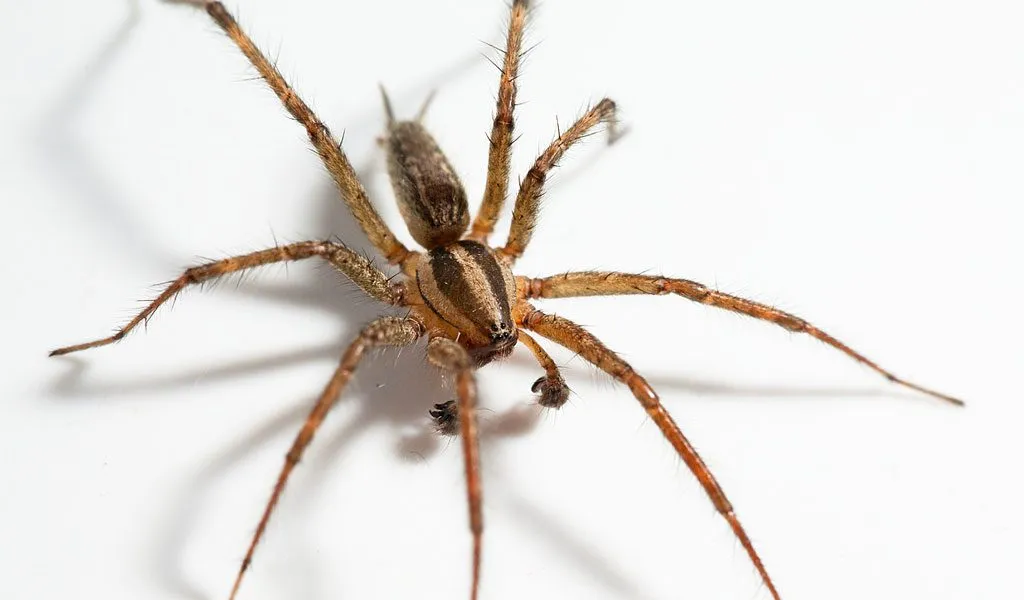
What Tarantulas Eat
Tarantulas are primarily carnivorous, feeding on insects, other arthropods, and sometimes small vertebrates. Their diet varies depending on the species and the available prey in their habitat. Common food sources include crickets, cockroaches, beetles, and other spiders. Larger tarantulas may also consume small lizards, rodents, and birds. They use their venom to immobilize their prey and then inject digestive enzymes to liquefy the food, making it easier to consume. The nutritional needs and prey preferences change as tarantulas grow through their life cycle.
Hunting Strategies
Tarantulas employ a variety of hunting strategies. Some species are ambush predators, waiting patiently in their burrows or webs for prey to come within striking distance. Others actively stalk their prey, using their keen senses to detect movement and vibrations. Tarantulas have specialized sensory hairs on their legs that help them detect the slightest vibrations in the ground or air, alerting them to the presence of potential prey. Their hunting techniques are essential for their survival, ensuring they can obtain the necessary nutrients to live and grow.
Life Cycle and Reproduction
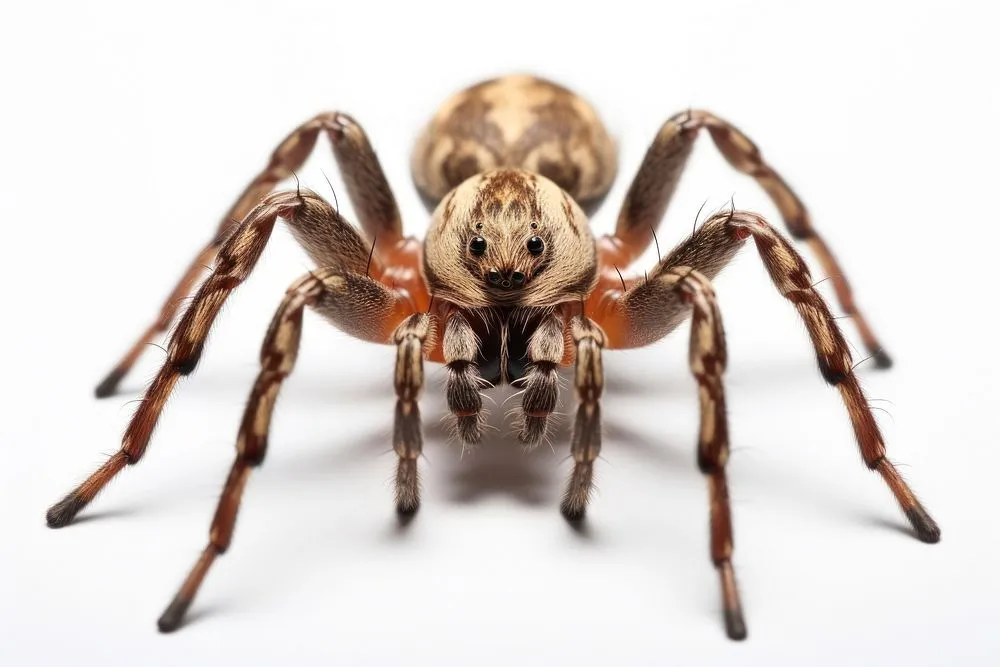
Mating Rituals
Mating in tarantulas is a complex process. Males typically use a special structure called a palpal bulb to transfer sperm to the female. Before mating, male tarantulas often engage in courtship displays, which may involve drumming their pedipalps or legs to attract a female. The female may or may not be receptive, and the male must be cautious, as the female may try to eat him if she is not in the mood. Once the sperm transfer is complete, the male usually retreats to avoid being eaten.
Egg Sac and Spiderlings
After mating, the female tarantula produces an egg sac, which contains hundreds of eggs. She carefully guards the egg sac, protecting it from predators and maintaining optimal conditions for the developing spiderlings. The female typically incubates the eggs for several weeks, after which the spiderlings hatch. The spiderlings initially stay close to the egg sac and gradually disperse as they grow. They undergo a series of molts as they mature, shedding their exoskeleton and growing larger. Their development into adult tarantulas can take several years, depending on the species.
Behavior and Defense Mechanisms
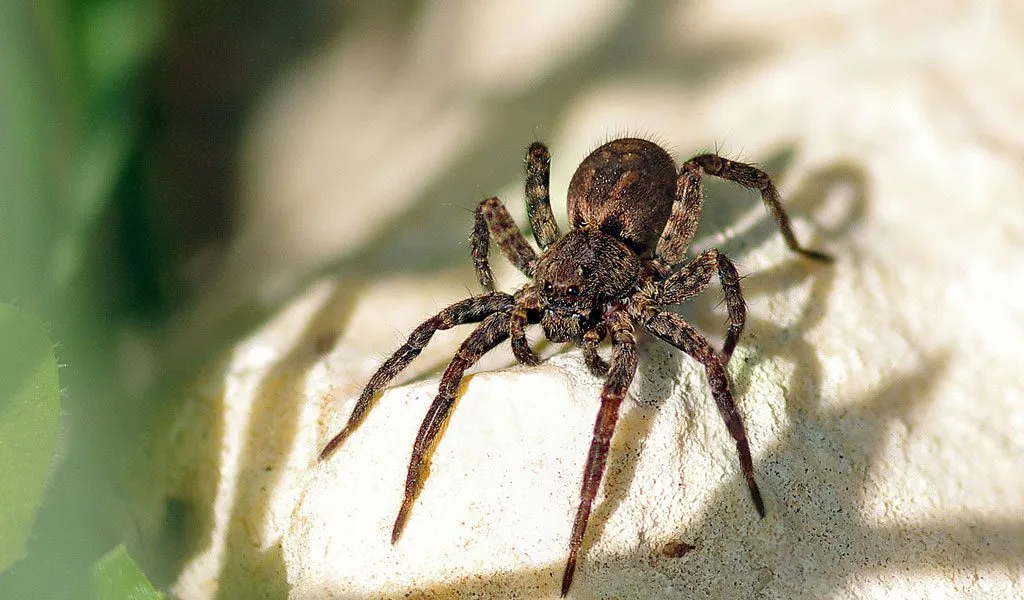
Defensive Behaviors
Tarantulas have several defense mechanisms to protect themselves from predators. One common defense is the urticating hairs, which are barbed hairs on the abdomen. When threatened, tarantulas flick these hairs towards their attacker, causing irritation and discomfort. They may also bite, although their venom is generally not considered lethal to humans. Some species also use their fangs for defense. Additionally, tarantulas may try to flee or hide in their burrows if they feel threatened, relying on their speed and agility to escape danger.
Venom and Bite
While all tarantulas are venomous, their venom is generally not considered highly dangerous to humans. A tarantula bite can be painful, but it is unlikely to cause serious health problems. Symptoms may include localized pain, swelling, and redness. The severity of the reaction varies depending on the species, the amount of venom injected, and the individual’s sensitivity. It’s always recommended to seek medical attention if bitten by a tarantula, especially if symptoms are severe or persistent. The venom is primarily used to subdue their prey rather than to defend against larger animals.
Tarantulas as Pets
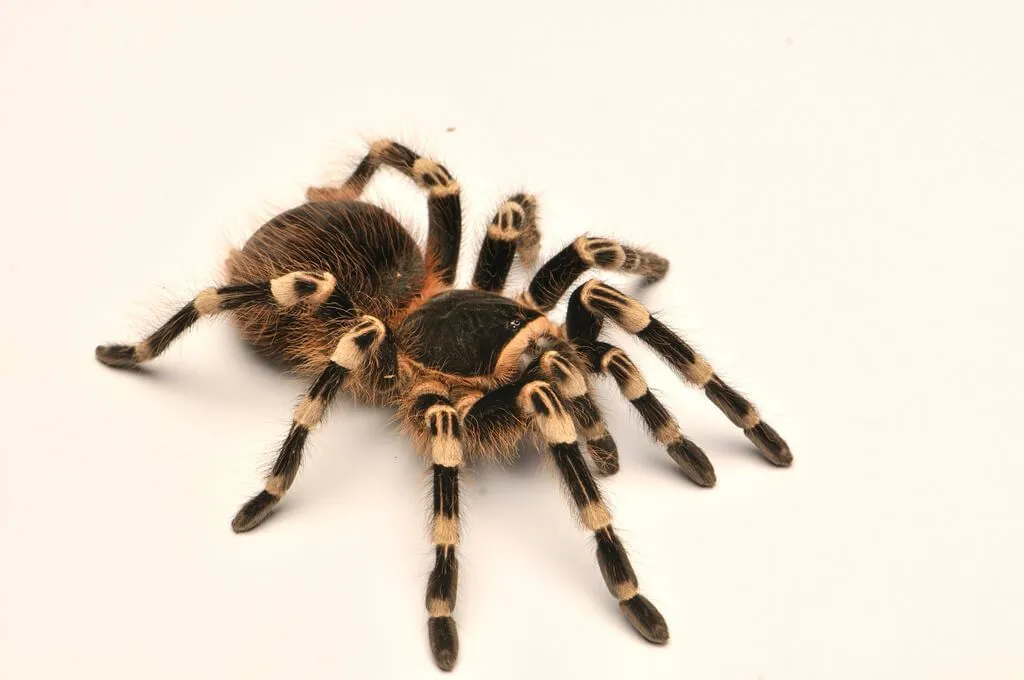
Caring for a Tarantula
Tarantulas have become increasingly popular pets. Caring for a tarantula involves providing the right environment and meeting its basic needs. This includes housing it in a suitable enclosure with proper ventilation, temperature, and humidity. The enclosure should include substrate for burrowing (if applicable), a water dish, and appropriate hiding places. Feeding your tarantula is also important; commonly fed insects include crickets and mealworms. It’s important to handle your tarantula with care and to know how to properly clean its enclosure.
Health and Safety
When keeping a tarantula as a pet, it’s crucial to prioritize health and safety. Handle your tarantula carefully to avoid bites and to prevent accidentally dropping it. Always wash your hands thoroughly after handling the spider or cleaning its enclosure. Ensure that the enclosure is secure to prevent escape. Be mindful of the potential for allergic reactions, as some people may be sensitive to tarantula hairs. By taking these precautions, you can safely enjoy the experience of keeping a tarantula.
Conservation Status and Threats
Threats to Tarantula Populations
Tarantula populations face various threats that affect their survival. Habitat loss is a major concern, as deforestation, urbanization, and agricultural expansion destroy their natural environments. The pet trade can also pose a threat, as overcollection from the wild can deplete populations. Climate change and other environmental factors can also impact tarantula populations. Understanding these threats is crucial for implementing conservation efforts to protect these amazing creatures.
Conservation Efforts
Efforts to conserve tarantulas involve habitat protection, sustainable pet trade practices, and education. Supporting habitat preservation helps ensure that tarantulas have a safe place to live and thrive. Responsible pet ownership practices, such as purchasing captive-bred tarantulas, can help reduce the impact on wild populations. Educational initiatives that raise awareness about tarantula conservation are also important. By working together, we can contribute to protecting these fascinating arachnids for future generations.
Conclusion
Tarantulas are remarkable creatures with diverse characteristics and behaviors. From their appearance and habitats to their life cycles and defense mechanisms, tarantulas have much to offer those who take the time to learn about them. By appreciating their unique place in the world and promoting their conservation, we can ensure that these fascinating spiders continue to thrive. Understanding the facts about tarantulas is key to dispelling myths and fostering a deeper appreciation for these incredible arachnids. The tarantula spider is a testament to the amazing diversity of life on Earth.
